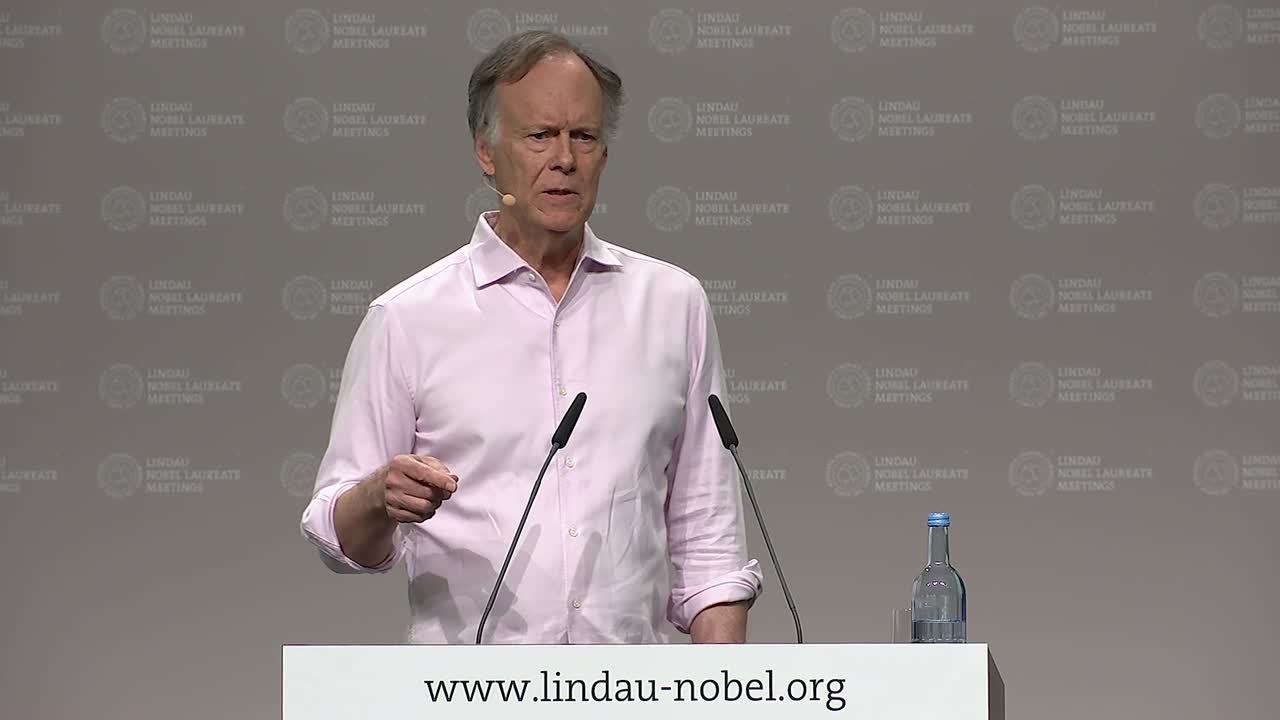Abstract
Loss of function mutations of the VHL tumor suppressor gene and resulting impaired function of the VHL tumor suppressor protein (pVHL) is the usual initiating event in hereditary (VHL Disease) and sporadic clear cell renal cell carcinoma (ccRCC), which is the most common form of kidney cancer. Other tumors observed in VHL Disease, which is caused by germline loss of function VHL mutations, include hemangioblastomas and paragangliomas. pVHL is the substrate recognition subunit of an ubiquitin ligase that targets the alpha subunits of the HIF transcription factor for proteasomal degradation. Binding of pVHL to HIFα requires that HIFα be prolyl hydroxylated by the EglN (also called PHD) 2-oxoglutarate (2-OG)-dependent dioxygenases, which act as oxygen sensors. Drugs that inhibit the EglNs have advanced to Phase 3 studies for the treatment of anemia caused by chronic renal failure. Some of these have now been approved in various countries around the world. EglN inhibitors also appear promising in preclinical models of ischemic diseases such as heart attacks and strokes.
Of the HIF paralogs, HIF2α promotes ccRCC and HIF1α inhibits ccRCC in preclinical models. Drugs that inhibit the HIF-responsive gene product VEGF are mainstays of kidney cancer treatment. An allosteric HIF2α inhibitor has advanced to Phase 3 testing in sporadic ccRCC and was recently approved for the treatment of VHL Disease based on promising Phase 2 data.
Suggested Reading:
1 Kaelin, W. G., Jr. & Ratcliffe, P. J. Oxygen sensing by metazoans: the central role of the HIF hydroxylase pathway. Mol Cell 30, 393-402 (2008).
2 Kaelin, W. G., Jr. Common pitfalls in preclinical cancer target validation. Nat Rev Cancer 17, 425-440 (2017).

